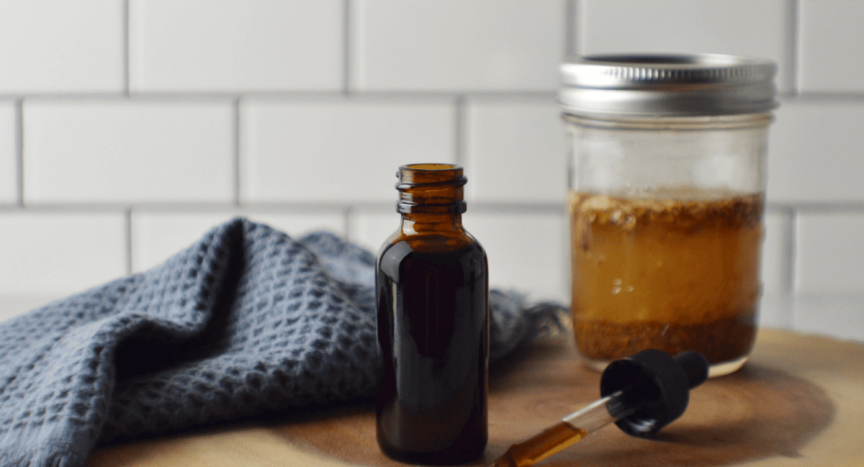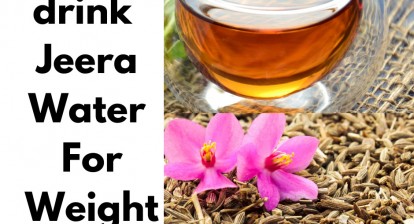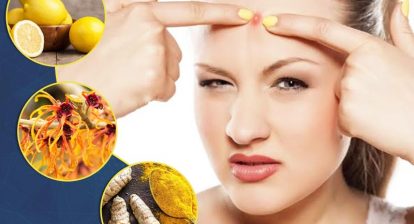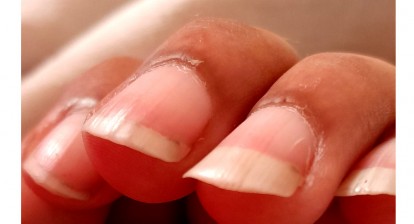With all the stress of modern life, it can start to take a toll on our health. Adaptogens like ashwagandha help mitigate the effects and support the the nervous system. And many other health benefits. Today I'm sharing the benefits of ashwagandha and how to make an ashwagandha tincture that's worth having at your apothecary.
What is Ashwagandha?
Ashwagandha is also known as Indian ginseng or by its Latin name, Withania somnifera. Traditionally, African countries used the leaf and other parts of the plant. Most modern uses rely on the root. In Ayurvedic medicine, it has been used for thousands of years for everything from brain fog to paralysis.
This plant grows in warmer climates and is native to regions like Africa and India. But you can also grow it as a container plant or as an annual in cooler growing zones. When fully ripe, it sports bright red berries that grow in shells, similar to ground cherries.
Benefits of Ashwagandha
Ashwagandha is best known as an adaptogenic herb, which helps us adapt to stress. While most adaptogens are stimulating, ashwagandha is calming. This makes it ideal for regulating the adrenals. It was one of the herbs I used to recover from adrenal fatigue.
It also has a particular effect on the thyroid. Ashwagandha helps stimulate thyroid hormones T3 and T4 and decrease thyroid-stimulating hormone (TSH). This makes it a useful tool for hypothyroidism (when the thyroid is underactive). On the other hand, it can cause problems for people with hyperthyroidism or hyperthyroidism.
Ashwagandha benefits our well-being in different ways. As an adaptogen, it has also been clinically shown to help with anxiety. It is also an immune modulator. This means that it helps restore balance to the immune system, whether it is over or under active. In Ayurvedic practices, it is used as a restorative and to strengthen the body.
Here are other ways ashwagandha can be part of a healthy wellness routine:
- Helps with brain fog and cloudy thoughts
- Relieves fatigue by supporting the nervous system
- Reduces cortisol, the stress hormone
- Relieves sore muscles due to inflammatory autoimmune diseases. Like rheumatoid arthritis.
- Rich in iron and good for anemia
- Helps relieve symptoms menopause, like muscle pain and brain fog
- For men, it can help bring the spark back into the bedroom
- Improves circulation, blood health and healthy cholesterol levels.
- Anti-inflammatory
- Antioxidant
How to Use Ashwagandha Herb
Ashwagandha root is the most commonly used and studied part of the plant. You can use ashwagandha powder to make herbal tea. Or you can prepare ashwagandha extract with alcohol, or an alcohol-free version with glycerin. Herbal tinctures traditionally based on alcohol extract different constituents than those based on glycerin.
Ashwagandha powder taken in tea may cause joint pain in some people. This is what hormone specialist Magdalena Wszelaki says. Ashwagandha capsules and alcohol-based herbal extracts do not seem to have this problem.
Who Should Not Use Ashwagandha?
Like any herbal supplement, organic ashwagandha root is not suitable for everyone. Those with an overactive thyroid may become worse after consuming ashwagandha. It is also not considered safe during pregnancy. However, it is used to increase lactation during breastfeeding. And if you take barbiturates, it may enhance or increase their effects. However, modern medications have largely replaced this class of medications.
If you have any health conditions or are breastfeeding, consult your natural health care professional before taking an ashwagandha supplement.
Where to buy it
If you don't have any in your garden, there are several ways to get ashwagandha. You can also purchase pre-made herbal products if you don't want to make your own.
How to Make Ashwagandha Tincture
I love dyes for several reasons. They are shelf stable for years, easy to transport and you only need a small amount. There are two ways to prepare tinctures. One is the simple or popular method. The other is more precise and uses a weight/volume measurement. Either option will work, but you'll get more consistent results if you use the same amount of herb each time.
It all starts with quality ingredients. If you can find organic cane alcohol, it's the healthiest option. It's gluten-free and made from non-GMO sugar cane instead of corn. Otherwise, you can find regular rubbing alcohol at your local store. Since ashwagandha extracts best with a 70% alcohol solution, we start with 95% and dilute.
I also always use organic or wild herbs. I prefer not to extract pesticides with the good stuff! Find organic cut and sifted ashwagandha herb here.
Use the simple method
If you prefer not to weigh the ingredients, there is always the traditional method. This is what I use most frequently to make tinctures. All you need to do is fill a pot 1/3 to 1/2 full with dried or fresh herbs. Pour the alcohol over it, put the lid on and let it steep for 2-6 weeks. It's easy, but you may have some batches more powerful than others.
The following recipe uses a standard dilution of 1:5. In simple terms, this means that for every ounce of weed by weight, we add 5 ounces of liquid by volume. Don't worry, I've already done the math for you! The alcohol is also 70%. If all you can find is 80 proof (40%) alcohol, replace the water in the recipe with more alcohol. It won't be as strong and you may need to dose a little more, but it will still work.
How to Make an Ashwagandha Tincture (And Benefits!)
This easy ashwagandha tincture recipe can help relieve stress, support the immune system, and more!
Yield: 16 ounces
- 3.2 ounces ashwagandha root (by weight)
- 1 and ½ cups Alcohol at 190° (like Everclear)
- ½ cup filtered water
-
Add the ashwagandha to your pot. Chopped or powdered herbs will work.
-
Then add the alcohol and water. If they don't cover the herbs, add more water and alcohol mixture until they do. Use 3 parts alcohol to 1 part water.
-
Put the lid on the jar and store it in a cool, dark place for 2 to 4 weeks. Shake occasionally during this time.
-
Once dyeing is complete, strain the herbs through a fine mesh strainer or cheesecloth and compost.
-
Add strained ashwagandha tincture to dropper bottles and store in a cool, dark place.
- The standard adult dose is 1 to 10 ml three times a day. This can be adjusted to your personal needs.
- Alcohol-based tinctures last for years when stored properly.
How much is that?
Just a note on the amount of dye this recipe makes. This will really depend on how dry your ashwagandha herb is. Also if you used powdered or cut and sifted herb. And then there's how hard you press the herbs into the cheesecloth. You therefore risk ending up with a little more or a little less liquid in the end. This does not affect the quality and you will always have a good dye.
Have you ever consumed ashwagandha before? What's your favorite way to use it? Leave a comment and let me know!







